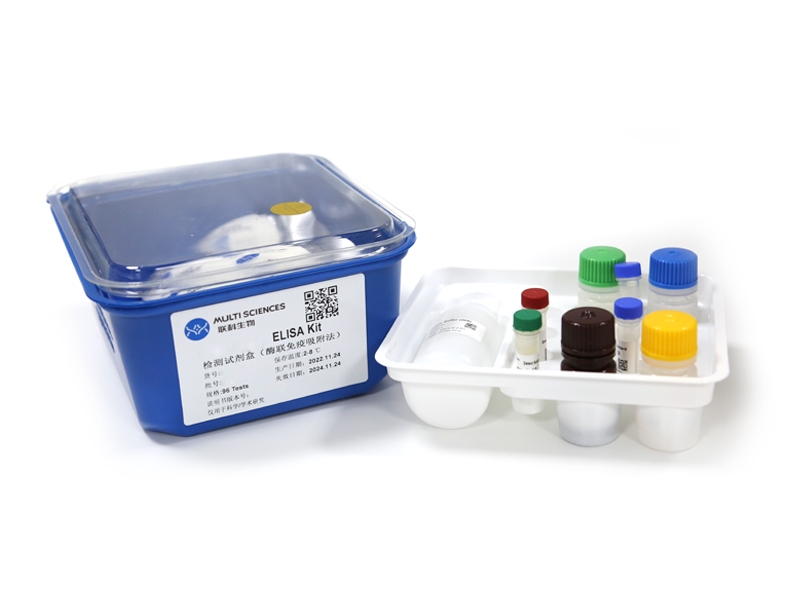Periodontitis has been advocated as a systematic chronic low-grade infection burden. However, the relationship between periodontitis and bone defect healing has not been elucidated. One hundred and eight male Wister rats were randomly assigned into three groups: control (healthy) group, periodontitis group, and periodontitis plus human tumor necrosis factor receptorII:IgG Fc fusion protein (rhTNFR:Fc) group. The experimental periodontitis model was established by ligaturing with orthodontic wire and silk suture plus local administration of 20?μl of lipopolysaccharide (LPS). Mandibular bone defects in size of 4?×?2?×?1?mm were created for all the rats and rhTNFR:Fc subcutaneously injected at neck at a dose of 2.5?mg/kg every 3?days for the periodontitis plus rhTNFR:Fc group. The gene and protein expressions of bone-related markers in the healing tissue were monitored and new bone formation was histologically evaluated. Tartrate-resistant acid phosphatase (TRAP) staining was performed to determine the number of osteoclasts. The results showed that the mRNA and protein expressions of osteogenesis-related markers were significantly lower while nuclear factor of activated T cells, cytoplasmic 1 (NFATc1) gene expression was significantly higher in the periodontitis group. The periodontitis group showed decreased new bone formation and increased number of osteoclasts when compared to the control group. However, there was no significant difference between the periodontitis plus rhTNFR:Fc group and the control group. These results demonstrated that periodontitis may restrain the mandibular bone healing via disturbing osteogenic and osteoclastic balance in which tumor necrosis factor-α (TNF-α) could act as a leverage.
文章引用产品
-
-
- EK382
- ELISA试剂盒
Rat TNF-a ELISA Kit检测试剂盒(酶联免疫吸附法)
-
¥1,600.00 – ¥10,800.00
-
- EK382
- ELISA试剂盒
Rat TNF-a ELISA Kit检测试剂盒(酶联免疫吸附法)
- ¥1,600.00 – ¥10,800.00



